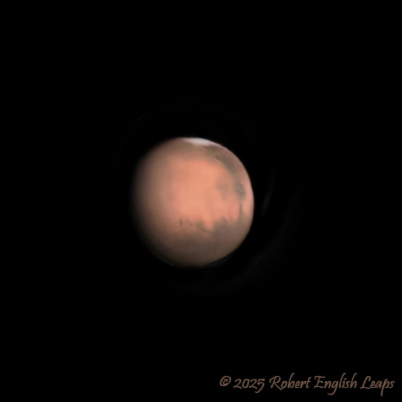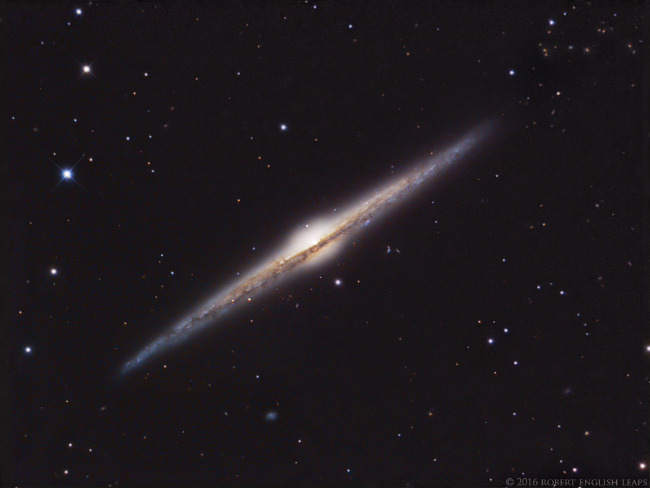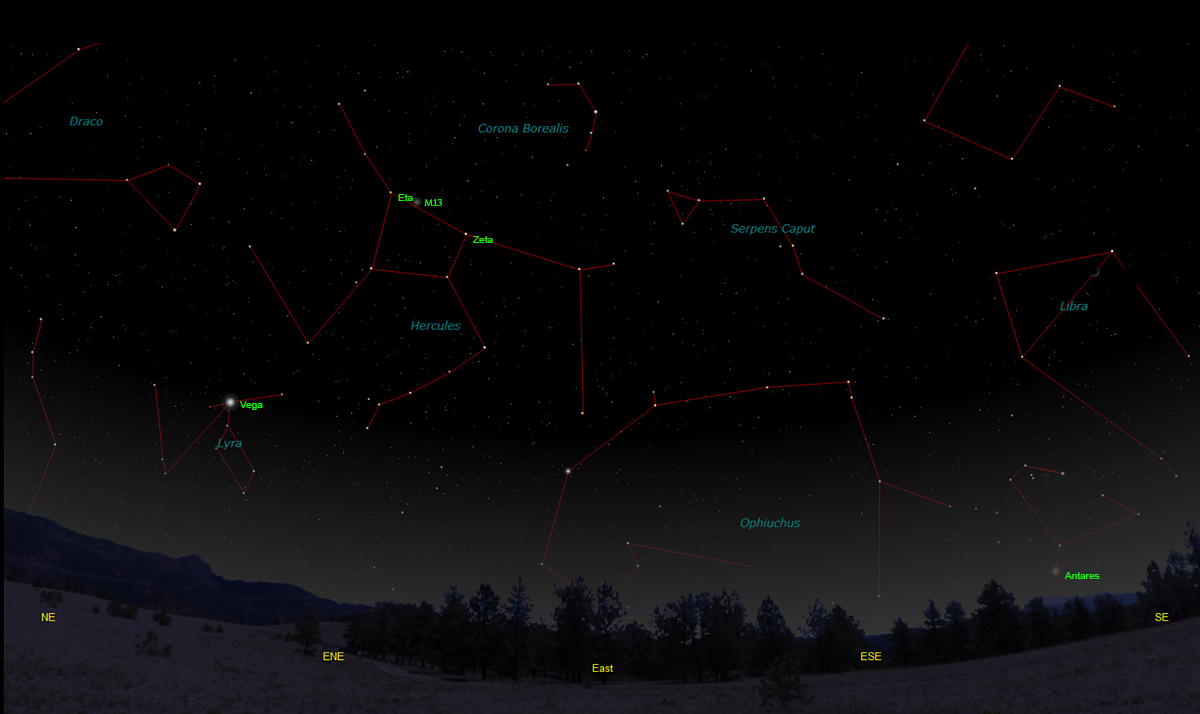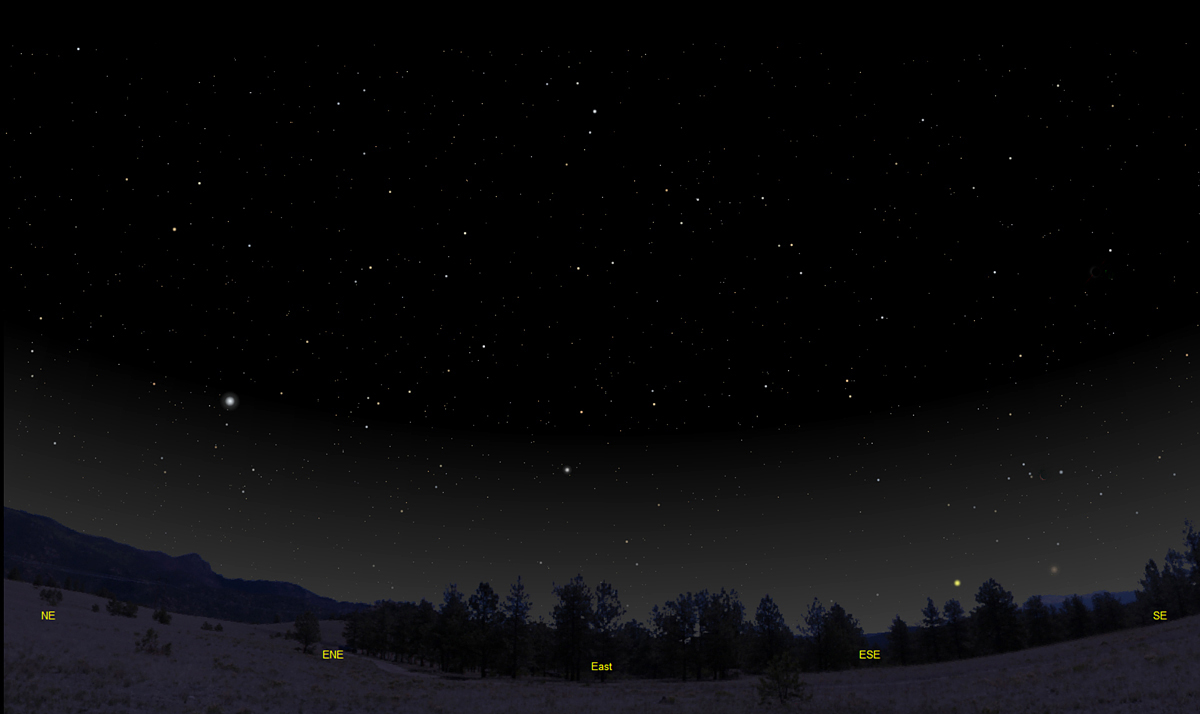The purpose of this feature is to give scout leaders, educators and naturalists an idea of some of the natural events coming up each month. We will try to cover a variety of natural events ranging from sky events to calling periods of amphibians, bird and mammal watching tips, prominent wildflowers and anything else that comes to mind. We will also note prominent constellations appearing over the eastern horizon at mid-evening each month for our area for those who would like to learn the constellations. If you have suggestions for other types of natural information you would like to see added to this calendar, let us know! Though we link book references to nationwide sources, we encourage you to support your local book store whenever possible.
Notes and Images From April 2025 On Saturday, April 19th, we joined some friends for a morning focused mainly on reptiles and amphibians. Thanks to the high level of finding skills in the group many snakes were located, including this young Cottonmouth. For a long time I've wanted to photograph a young Cottonmouth and we were happy when one member of the group found this one beneath a rock.
I expected to see the yellow tip of the tail, but I wasn't expecting the striking pattern visible on its throat! The width of the snake's coils as you see it here was only about 2-1/2 inches, so it's smaller than you might think just looking at the image. It would have been born in late summer of last year and is less than a year old. Its vertical pupils are narrow slits as it adapts to the bright morning light. I'm sure it was glad to return to its hiding place when we finished taking photos. The diet of Cottonmouths primarily consist of fish and frogs, but they also eat almost any small vertebrate. Young snakes like this one wriggle the yellow tip of the tail to lure prey such as frogs and lizards into striking distance.
Sky Events for May 2025: The Eta Aquariid Meteor Shower will occur during the morning hours of May 5th and 6th. This shower is one of two meteor showers that occur when Earth passes through the debris of Halley's Comet. The other shower connected to Halley's Comet is the Orionid meteor shower in October. Morning Sky: Venus, Saturn and Mercury are now visible in the morning twilight at the first of the month. Try looking for them beginning about 40 minutes before sunrise. Bright Venus should be easy to spot about 15 degrees above the horizon a little south of due east. Look for dimmer Saturn about the width of a half-fist at arm's length to the right and a little below Venus. The real challenge is to see if you can spot dim Mercury only about 4 degrees above the horizon down and to the left of Venus. Binoculars will be a big help in picking out the planets from the twilight glow. Watch for Saturn to move up and to the right of Venus as the month goes by. Evening Sky:
Mars is about 62 degrees above the southwest horizon at dusk in Cancer at the beginning of the month. Over the next month it will move into the constellation of Leo. It's rapidly getting smaller as Earth swings by it and leaves it behind. By the end of the month it will be only about 5.5 seconds of an arc in apparent diameter. Watch Mars skirt the edge of Praesepe, the beehive cluster, on the evenings of May 4th and 5th. It should be pretty view in binoculars as the red planet passes by this large open cluster of stars. Jupiter is only about 24 degrees above the western horizon at dusk at the beginning of the month. It remains in Taurus this month. Over two-thirds of the combined mass of all of the solar system's planets is in your field of view when you aim your telescope at Jupiter. Be sure to check the positions of the four bright moons of Jupiter that Galileo discovered early in the 17th century. They are Ganymede, Io, Europa and Callisto. They are visible in binoculars and they change position during the course of a single evening. Constellations:
As summer approaches the bright blue-white star Vega rises in the early evening. Vega is the brightest star in Lyra, the Lyre, and it shines like a diamond in a small telescope. Messier 13, a bright globular cluster in Hercules, is in good position to view. Its position is shown in the chart below. The great Virgo cluster of galaxies is in a favorable position now, including NGC 4565 pictured at right. I've always loved viewing this faint galaxy in Coma Berenices. My favorite memory of it is when we were at the Holly Flats campground near Tellico, Tennessee. In a stunningly dark sky, I was able to see it with my 22 power spotting scope. When I took the image above, I was surprised to see a wonderful cluster of very distant and faint galaxies off the upper (as seen in the photo) tip of the galaxy, all dimly orange in color, probably because their light is red-shifted. You can see them better, and also see finder charts for the galaxy, here.
On Learning the
Constellations: We advise learning a few constellations each month, and then following them through the seasons. Once you associate a particular constellation coming over the eastern horizon at a certain time of year, you may start thinking about it like an old friend, looking forward to its arrival each season. The stars in the evening scene above, for instance, will always be in the same place relative to the horizon at the same time and date each May. Of course, the planets do move slowly through the constellations, but with practice you will learn to identify them from their appearance. In particular, learn the brightest stars (Like Vega in the above scene looking east), for they will guide you to the fainter stars. Once you can locate the more prominent constellations, you can "branch out" to other constellations around them. It may take you a little while to get a sense of scale, to translate what you see on the computer screen or what you see on the page of a book to what you see in the sky. Look for patterns, like the stars that make up the constellation Hercules. The earth's rotation causes the constellations to appear to move across the sky just as the sun and the moon appear to do. If you go outside earlier than the time shown on the charts, the constellations will be lower to the eastern horizon. If you observe later, they will have climbed higher. As each season progresses, the earth's motion around the sun causes the constellations to appear a little farther towards the west each night for any given time of night. If you want to see where the constellations in the above figures will be on June 15th at 9:15pm CDT, you can stay up till 11:15am EDT on May 15th and get a preview. The westward motion of the constellations is equivalent to two hours per month. Recommended: Sky & Telescope's Pocket Star Atlas is beautiful, compact star atlas. A good book to learn the constellations is Patterns in the Sky, by Hewitt-White. For sky watching tips, an inexpensive good guide is Secrets of Stargazing, by Becky Ramotowski.
A good general reference book on astronomy is the Peterson
Field Guide,
A Field Guide to the Stars and Planets, by Pasachoff. The book retails for around $14.00.
The Virtual Moon Atlas is a terrific way to learn the surface features of the Moon. And it's free software. You can download the Virtual Moon Atlas here. Apps: The Sky Safari 6 basic version is free and a great aid for the beginning stargazer. I really love the Sky Safari 6 Pro. Both are available for iOS and Android operating systems. There are three versions. The Pro is simply the best astronomy app I've ever seen. The description of the Pro version reads, "includes over 100 million stars, 3 million galaxies down to 18th magnitude, and 750,000 solar system objects; including every comet and asteroid ever discovered." You may also want to try the very beautiful app Sky Guide. Though not as data intensive as Sky Safari, Sky Guide goes all out to show the sheer beauty of the night sky. Great for locating the planets. A nother great app is the Photographer's Ephemeris. Great for finding sunrise, moonrise, sunset and moonset times and the precise place on the horizon that the event will occur. Invaluable not only for planning photographs, but also nice to plan an outing to watch the full moon rise. Available for both androids and iOS operating systems.
Amphibians:
Recommended: The Frogs and Toads of North America, Lang Elliott, Houghton Mifflin Co.
Archives (Remember to use the back button on your browser, NOT the back button on the web page!) Natural Calendar February 2025 Natural Calendar December 2024 Natural Calendar November 2024 Natural Calendar September 2024 Natural Calendar February 2024 Natural Calendar September 2023 Natural Calendar February 2023 Natural Calendar September 2022 Natural Calendar February 2022 Natural Calendar December 2021 Natural Calendar November 2021 Natural Calendar September 2021 Natural Calendar February 2021 Natural Calendar December 2020 Natural Calendar November 2020 Natural Calendar September 2020 Natural Calendar February 2020 Natural Calendar December 2019 Natural Calendar November 2019 Natural Calendar September 2019 Natural Calendar February 2019 Natural Calendar December 2018 Natural Calendar February 2018 Natural Calendar December 2017 Natural Calendar November 2017 Natural Calendar October 2017Natural Calendar September 2017 Natural Calendar February 2017 Natural Calendar December 2016 Natural Calendar November 2016 Natural Calendar September 2016Natural Calendar February 2016 Natural Calendar December 2015 Natural Calendar November 2015 Natural Calendar September 2015 Natural Calendar November 2014 Natural Calendar September 2014 Natural Calendar September 2013 Natural Calendar December 2012 Natural Calendar November 2012 Natural Calendar September 2012 Natural Calendar February 2012 Natural Calendar December 2011 Natural Calendar November 2011 Natural Calendar September 2011 Natural Calendar December 2010 Natural Calendar November 2010 Natural Calendar September 2010 Natural Calendar February 2010 Natural Calendar December 2009 Natural Calendar November 2009 Natural Calendar September 2009 Natural Calendar February 2009 Natural Calendar December 2008 Natural Calendar November 2008 Natural Calendar September 2008 Natural Calendar February 2008 Natural Calendar December 2007 Natural Calendar November 2007 Natural Calendar September 2007 Natural Calendar February 2007 Natural Calendar December 2006 Natural Calendar November 2006 Natural Calendar September 2006 Natural Calendar February 2006
Natural Calendar December 2005
Natural Calendar November 2005
Natural Calendar September 2005
Natural Calendar February 2005
Natural Calendar December 2004
Natural Calendar November 2004
Natural Calendar September 2004
Natural Calendar February 2004
Natural Calendar December 2003
Natural Calendar November 2003 Natural Calendar February 2003 Natural Calendar December 2002 Natural Calendar November 2002 Nature Notes Archives: Nature Notes was a page we published in 2001 and 2002 containing our observations about everything from the northern lights display of November 2001 to frog and salamander egg masses. Night scenes prepared with The Sky Professional from Software Bisque All images and recordings © 2025 Leaps
|
|





